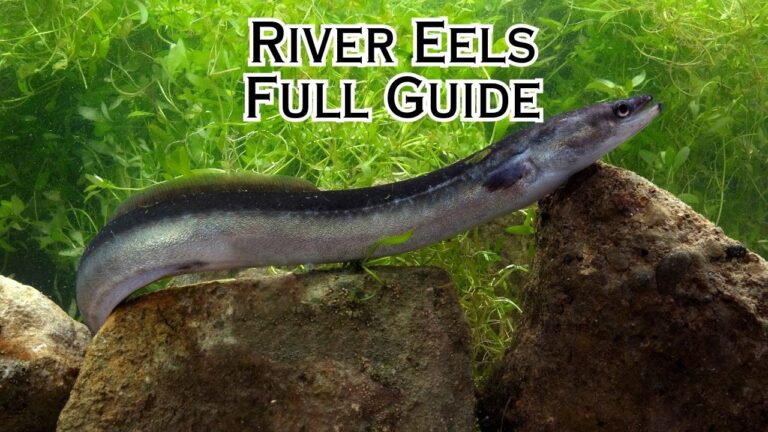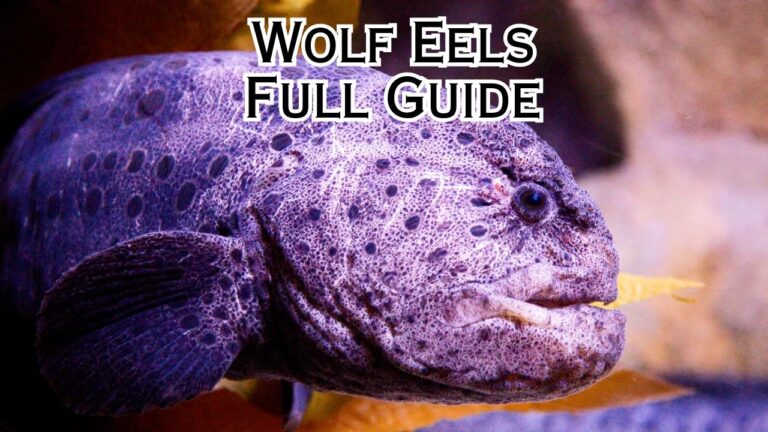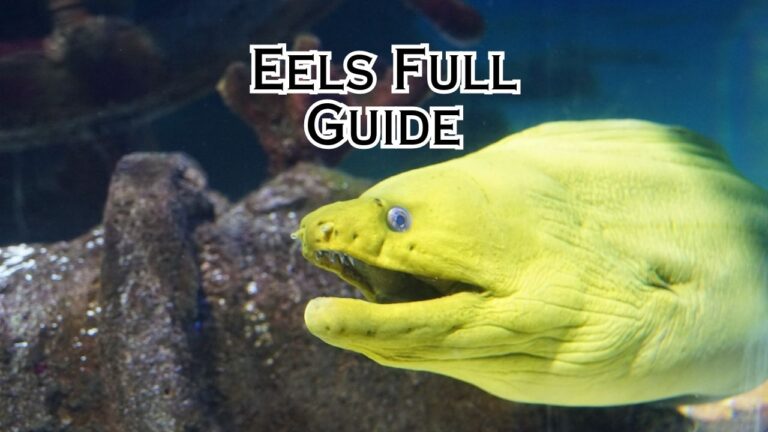
Vinegar eels, scientifically known as Turbatrix aceti, are small, free-living nematodes that are commonly found in vinegar and other acidic environments. Despite their name, vinegar eels are not true eels but rather microscopic worms belonging to the phylum Nematoda. In this comprehensive guide, we will explore the intriguing world of vinegar eels, including their appearance, habitat, lifecycle, feeding habits, and their potential benefits and uses.
Appearance and Characteristics
Vinegar eels are translucent and elongated worms that measure about 1 to 2 millimeters in length. They have a slender body with a pointed head and a tapered tail. Under a microscope, their characteristic undulating movement can be observed, resembling the motion of true eels. These tiny organisms are unsegmented and possess a simple digestive system.
Natural Habitat
As their name suggests, vinegar eels are commonly found in vinegar, particularly in homemade or unpasteurized varieties. They are also found in other acidic environments such as fermenting fruits, spoiled wine, and decaying plant matter. Vinegar eels thrive in these habitats due to their ability to tolerate high acidity.
Life Cycle and Reproduction
Vinegar eels have a relatively short life cycle, typically completing it within a few weeks. They undergo a process called ovoviviparity, meaning the female vinegar eels internally fertilize their eggs and give birth to live offspring. The juveniles are fully formed when they are released and begin feeding immediately.
Feeding Habits
Vinegar eels are scavengers and feed on the bacteria and yeast present in their natural habitat. They possess a simple mouth opening called the buccal cavity, which they use to ingest organic matter. Their diet primarily consists of the microbial populations that develop in fermenting substances such as vinegar. The eels play a role in the decomposition process by feeding on these microorganisms.
Uses and Benefits
While vinegar eels may be considered pests in certain contexts, they also have some practical uses and benefits. Here are a few notable applications:
- Fish Food: Vinegar eels are often used as live food for small fish and aquatic organisms such as fry and larvae. Their small size and nutritional value make them a suitable diet for young aquatic creatures.
- Biological Studies: Due to their easy availability and rapid reproductive cycle, vinegar eels are commonly used in scientific research as model organisms for studying nematodes and other aspects of biology.
- Composting: The presence of vinegar eels in compost can indicate the progress of decomposition. Their activity aids in breaking down organic matter and enriching the compost with beneficial microorganisms.
Culturing Vinegar Eels
For individuals interested in culturing vinegar eels, it is relatively simple to establish a culture at home. The process involves creating a suitable environment with a vinegar-based medium and providing a food source for the eels to thrive. Detailed instructions can be found in various resources and online guides.
Conclusion
Vinegar eels, despite their misleading name, are fascinating microscopic organisms that play a role in the decomposition process. Their ability to thrive in acidic environments such as vinegar makes them an intriguing subject of study and useful as a food source for certain aquatic organisms. While they may be considered pests in some contexts, vinegar eels offer valuable insights into the natural world and contribute to various scientific and practical applications.
FAQs (Frequently Asked Questions)
- Are vinegar eels harmful to humans? No, vinegar eels are harmless to humans. They do not pose any health risks and are considered safe if accidentally consumed.
- Can vinegar eels survive outside of vinegar? Vinegar eels are specialized organisms adapted to acidic environments. While they may survive for a short period outside vinegar, they thrive best in such conditions.
- Can vinegar eels infest other food products? Vinegar eels are primarily found in vinegar and related acidic environments. However, they are unlikely to infest other food products unless those products undergo fermentation or spoilage.
- Can vinegar eels be eliminated from vinegar? To remove vinegar eels from vinegar, filtering the liquid through a fine mesh or using commercially available vinegar filters can be effective in separating the eels from the liquid.
- Do vinegar eels have any predators in their natural habitat? While vinegar eels are tiny organisms, they can serve as a food source for certain microorganisms and other small aquatic organisms in their natural habitat.






